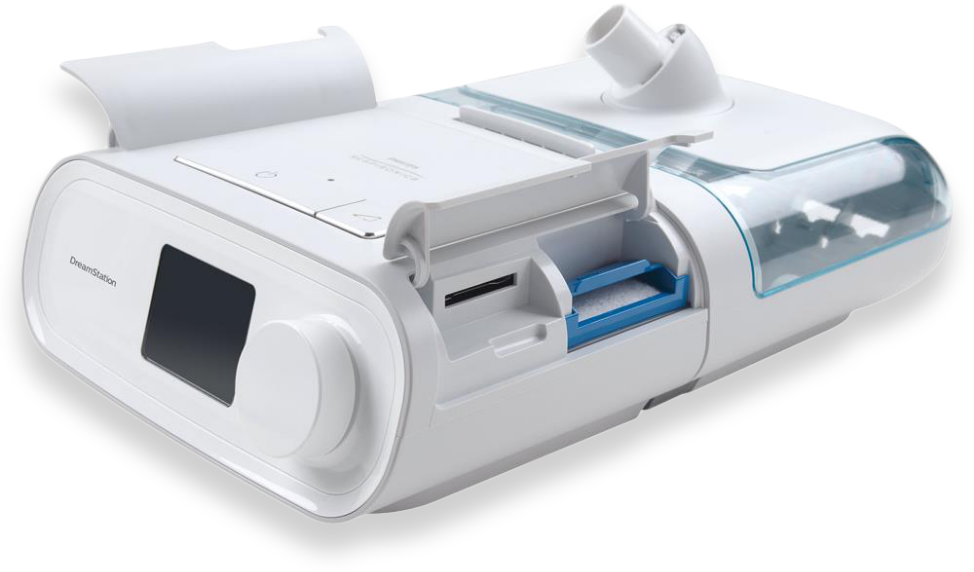Enteral Nutrition Vs. Parenteral Nutrition
Also known as tube feeding, enteral nutrition is used by patients who have conditions or injuries that causes them to be unable to eat a regular diet by mouth despite their gastrointestinal (GI) tract still functionable. Patients undergoing enteral feeding take in food through the GI tract which comprises of the mouth, esophagus, stomach and intestines. Nutrition is obtained through the mouth or a tube that directly goes to the small intestine or stomach.
Parenteral nutrition, also known as intravenous feeding, is used on patients who are unable or should not be getting their core nutrients from food. This procedure gets nutrition into the patient’s body directly through the veins. Such people who may require parenteral feeding include sufferers of short bowel syndrome, Crohn’s disease and cancer. Parenteral feeding transports nutrients including carbohydrates, lipids, sugar and proteins to the body to maintain hydration, strength and energy.
Enteral Feeding
There are several types of feeding tubes for enteral feeding and they are classified according to where they are placed exactly in the body. The doctor will determine the placement of the tube depending on the duration of the enteral feeds, digestive abilities and the size of the tube. Some main types of enteral feeding tubes include the gastrostomy tube which is inserted through the skin of the abdomen right into the stomach or the nasogastric tube that is inserted through the nose and ends in the stomach. Certain complications can be caused by enteral feeding such as:
- Infection or skin irritation of the insertion area
- Diarrhea caused by the liquid diet or medications
- Vomiting or nausea resulted from feeds that are too fast or large or from a slow emptying of the stomach
- Aspiration, where food enters the lungs instead
- Tube dislodgement or blockage
Such problems usually are not long-term and when you resume normal food consumption, there might be some digestive discomfort as your body readjusts to solid foods.
Parenteral Feeding
On the other hand, parenteral nutrition could cause different side effects including:
- Difficulty in breathing
- Fatigue
- Fevers or chills
- Changes in heartbeat
- Vomiting
- Mouth sores
- Skin changes
- Poor night vision
- Fast weight gain or weight loss
- Swelling in hands, legs or feet
- Thirst
Other risks to note include:
- Catheter infection
- Bone disease
- Blood clots
- Liver disease
It is important to maintain strict hygiene practices including cleaning the tubes, catheters, needleless access ports and other equipment in order to prevent complications.
In a Nutshell
For patients without a functional GI tract, parenteral nutrition would be recommended for them as enteral nutrition would not work. Enteral nutrition is typically used as a short-term solution while the patient is recovering from surgery, illness or an injury. For patients with physical disabilities or movement disorders, enteral nutrition might be used in the long term. Similarly, parenteral nutrition may be a temporary solution for some people. It does not completely remove the symptoms from the patient but it helps the body heal quicker. For others, it might be a long-term solution as their nutritional needs change with time.
At Patient Solutions, LLC, we cater to all your health needs including high-quality durable medical equipment and enteral formula to meet your enteral nutrition needs. Call us at (210) 824-1112 or contact us to find out more about our products and services today!

